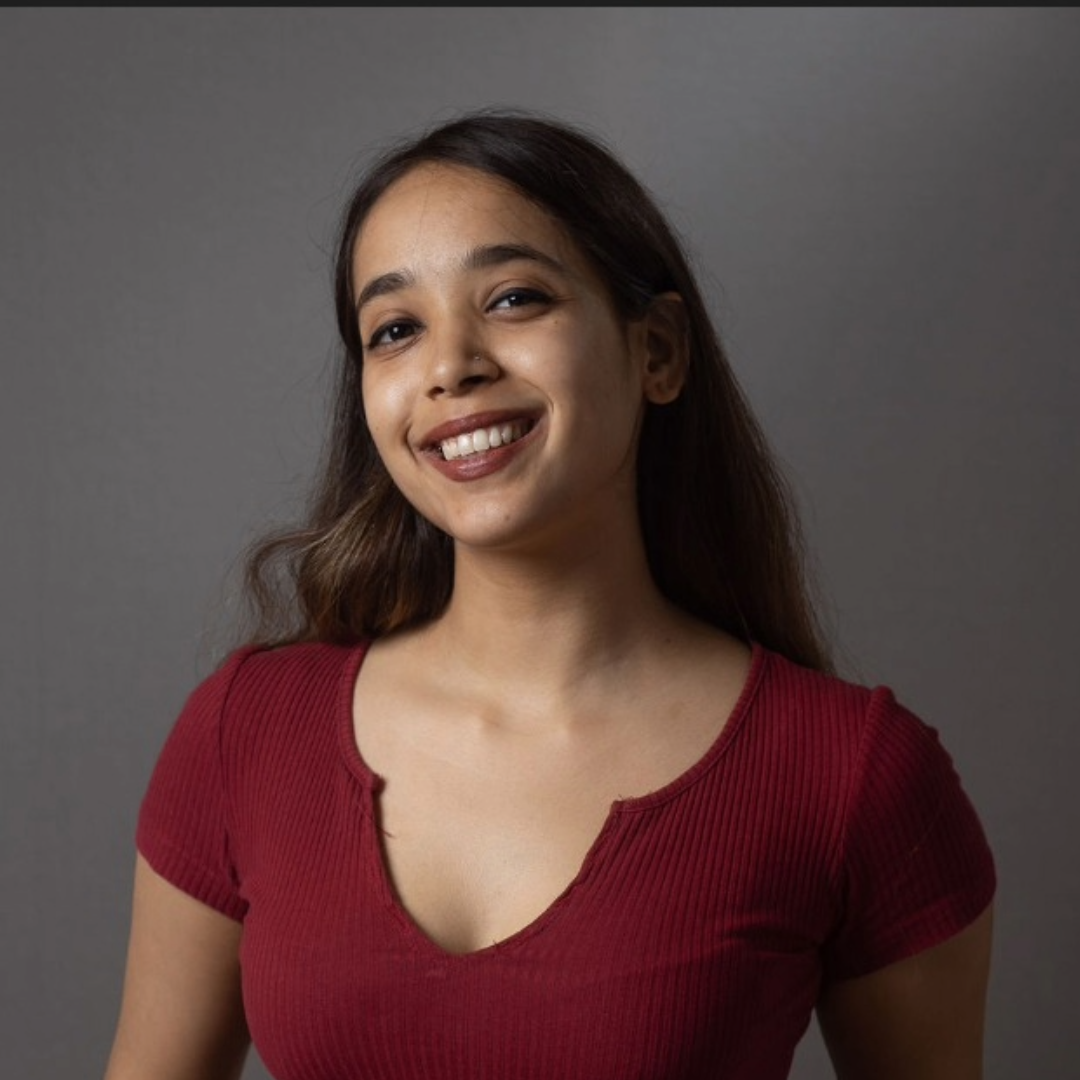AI Doesn’t Paint: Why We Cannot Separate Art from the Artist
Ava Haidar, Nandini Jiva / Jun 2, 2025
Tokyo, Japan—The Robot statue on an open garden space at Ghibli museum. Shutterstock
Generative AI systems continue to make waves and stir controversy in the art world. Last month’s frenzy of ChatGPT users generating pictures in the style of Studio Ghibli animations prompted both an enthusiastic response and heavy criticism of the technology. From OpenAI’s Sam Altman to India’s Prime Minister Narendra Modi to many celebrities and then countless users, “Ghiblification” took the world by storm. Even the White House posted a Ghibli-fied illustration, apparently deeming it an appropriate way to represent the arrest of an illegal immigrant. There was also considerable criticism from artists and users alike; some pointed to how ChatGPT’s generative exercise constitutes the theft of the distinct style of Studio Ghibli’s founder, Hayao Miyazaki. Others pointed to the naïveté of users in feeding the software with their own images, signing away their own privacy rights.
Largely, however, the policy critique of AI-generated art nearly always points to a loss of value to the artist’s profession, namely, the copyrights to their work and the legal basis of ownership. Naturally, the implications of this are monetary, immediate, and tangibly felt. But the Studio Ghibli example points to more than just the potential legal ramifications of using an artist’s style to train AI without their consent. Critics of this trend resurfaced a 2016 video of Miyazaki’s response to an AI demo, in which he says, “I strongly feel this is an insult to life itself.” In kind, we argue that beyond the loss of legal rights to compensation and ownership, there is a human loss that the AI-fication of art continuously surfaces, which must be heeded in the context of regulation.
The United States Copyright Office touched upon this point in the recently released pre-publication version of its latest report, Part 3 of “Copyright and Artificial Intelligence,” citing the perspective of the music industry, noting that AI-generated content competes “unfairly with genuine human artistry, distorting digital platform algorithms and driving ‘cheap content oversupply’—generic content diluting human creators’ royalties.” But what is “genuine” human artistry here? Does it suggest that the value of generative AI does not capture the genuine or actual quality of art the way that human artistry does?
Defining the issue: what does human loss look like?
Let’s analyze what loss to human artistry looks like for Miyazaki and the animators of Studio Ghibli. Critics on social media have noted the need to respect the uniqueness of Miyazaki’s cultural significance and his vehement opposition to AI-generated art. Responses also discuss the infusion of Miyazaki’s historical context of Japan’s post-war pacifism into his art, which is obscured through the cheery recreations of ChatGPT. AI is additionally charged with overriding the distinguishing elements of Studio Ghibli’s representations, particularly of human faces, to create a homogeneous, palatable template for wide use.
Putting this together with the idea that AI-generated art is considered an “insult” or antithetical to the ties of art with human life, we may break down this critique in the following ways:
- AI-generated art, by form, is devoid of human intent and connection.
- AI learns from the vast amounts of artwork and conventional aesthetic principles available to it to synthesize individual creations. It thus amalgamates various human intents. This appears to be offensive to a tradition of art, such as Studio Ghibli, which is informed by Miyazaki’s intent to renew life itself in his art. As Labonie Roy, an India-based designer and illustrator, noted to us about the Ghibli tradition: “The hopes and imaginations of a post-war culture, the changing landscape of the countryside, the legends and spirits that are interwoven into people’s lives. Each choice of line, color and texture has a meaning, and can be “read” in ways AI images cannot.” We also see AI’s lack of intent when contrasted with the “post-esthetic” nature of the street artist Banksy’s work, valued for presenting the “ugly” realities of violence and politics. These works are often “displayed in strategic locations that have relationships or closeness to [its] meaning”, interlinking the art intimately with its context. Such human intent and connection are inextricably linked in the artistic choice, which is difficult, if not impossible, for AI, rooted in any device in any home across the world, to replicate.
- AI-generated art often strives to capture the perfect or ideal version of the artwork it imitates, which does not reflect the value of imperfection that characterizes human nature.
- Our interactions with technology give us a false sense of perfection, where technology can “enhance or rectify the ‘original’ state of behaviors or outcomes of the individual,” as demonstrated through filters that manipulate undesirable blemishes in one’s picture. Completion of uncompleted artworks also constitutes such perfection, as seen with the 2023 release of ‘Now and Then,’ the last Beatles song released featuring AI-generated John Lennon vocals, which some criticized as unnecessarily reviving a legacy that was already timeless. In Studio Ghibli’s example, we see that the faces of people in a ChatGPT-generated image are all functionally the same, except for variations in skin color and hairstyles. This is the consequence of OpenAI’s alleged “conservative approach” towards the technical mimicry of living artists. It commits to the use of “broader studio styles,” importing the ‘style’ of illustration while leaving behind the artistry in the unique faces of Studio Ghibli protagonists like Haru (The Cat Returns), who has sharp and angled expressions, and Chihiro (Spirited Away), who has a softer nose and rounded eyes. As one paper notes, even an expression is animated differently between the two depictions. As AI attempts to contort and wrap style around human faces, it washes away the subtle emotive details that make audiences connect with these characters—such differences are treated as inconsistencies, and inconsistencies are treated as imperfections by the machine, to be glossed over with a consistent brush.
- The creation of art through AI disappears human effort, materially impacting labor conditions for artists and the ownership of their work.
- We have witnessed numerous legal battles to assert the use of copyrighted works in training AI to create art. Beyond artists losing material gains, there are concerns around how audiences themselves will lose a connection to the way they appreciate art as a human process. Critics mention the “painstaking” effort of Studio Ghibli artists vis-à-vis the split-second press of a button that AI-generated art requires. The “blood, sweat and tears” of human toil is what separates ‘real’ art from what AI generates, rather than ‘creates.’ So, while it is critical to consider the response of livelihood concerns, such as with the Writers Guild of America (WGA) protest on the use of AI in scriptwriting, there is also a human value attached to the artistic process itself that appears to be at stake.
Given this high human cost, how do we revisit concerns about regulation? Is there a human copyright that goes beyond the traditional copyright?
Alternative routes to the regulation/policy question: The Artist’s Morality
Livelihood and ownership concerns will always be relevant to the question of AI-generated art, but tend to reduce the policy scope of what is at stake to economic exclusions and the legal dealings of Big Tech companies. As we have seen, the response of critics has been far more nuanced than that. There is an intrinsically human intent, nature, and effort that is undermined by generative AI, which must be protected through alternative, creative interpretations. The practice of making generative AI services compete with “genuine” human artistry, the US Copyright Office says, corrodes the creative ecosystem, where the attribution of an artistic work moves beyond its legal copyright to recognize the artist’s humanity and their process.
In the wake of the Ghibli spree, OpenAI CEO Sam Altman championed the fair use defense, which allows copyrighted works to be used for educational purposes, such as teaching, scholarship, and research. While this battle remains persistent, a larger issue arises from the ensuing moral injury to the artist. Moral injury can be represented through moral rights under copyright law, which allows for the “presumed intimate” bond between the creator and their creations. Miyazaki and many other artists have been explicit in their opinions about AI’s entry into their world. They might respond to the argument of fair use by arguing that their personal relationship and identification with their artwork are compromised. Artwork acts as an extension of the author’s personhood, which is inevitably embodied in their artwork. In the case of the AI-generated Ghibli images, we can also attach this to Miyazaki’s work, which holds a cultural significance and, importantly, Miyazaki’s likely moral struggle with AI-generated art’s “betrayal of what makes art meaningful— the human touch.”
This moral right, therefore, enables us to venture beyond our understanding of artistic ownership and expand to moral injuries caused to human agency. Fair use and moral rights can explain the legality behind the invitation to AI in generating art. However, the reason why creativity and originality are protected under law is because of the essentiality of human agency. This is the jurisprudence through which we need to understand the loss of human nuance.
While moral rights are contested in terms of their relevance in the wake of AI-generated art, intellectual property needs to answer crucial questions: at what point does AI become capable enough to claim a moral right over the artwork it generates? Does it need to have such capabilities? And to what extent can we recognize AI as equal to the human endeavor that is creativity?
Conclusion
The concerns about AI influencing and even entering the realm of artistic creation extend beyond legal ownership rights and the future of artists' livelihoods. The push from artists and critics calls for the protection of the intangible intent, value, and effort that result from human intervention. There is thus a need to reimagine the grounds for AI-art regulation to include vocabulary that touches upon not just fair use and the legal entitlement to any artwork, but also to reasonably accommodate the bottom line of protecting artistic and creative work, to preserve our agency, and mitigate the loss of our capacity as humans. As artists like Roy feel, “there can be no art without…personhood.” It is thus necessary to broaden the policy ambit to capture the greater concern of humanity—not just whether opportunities and credit belong to artists, but whether artistic endeavors themselves belong to human beings.
Authors

